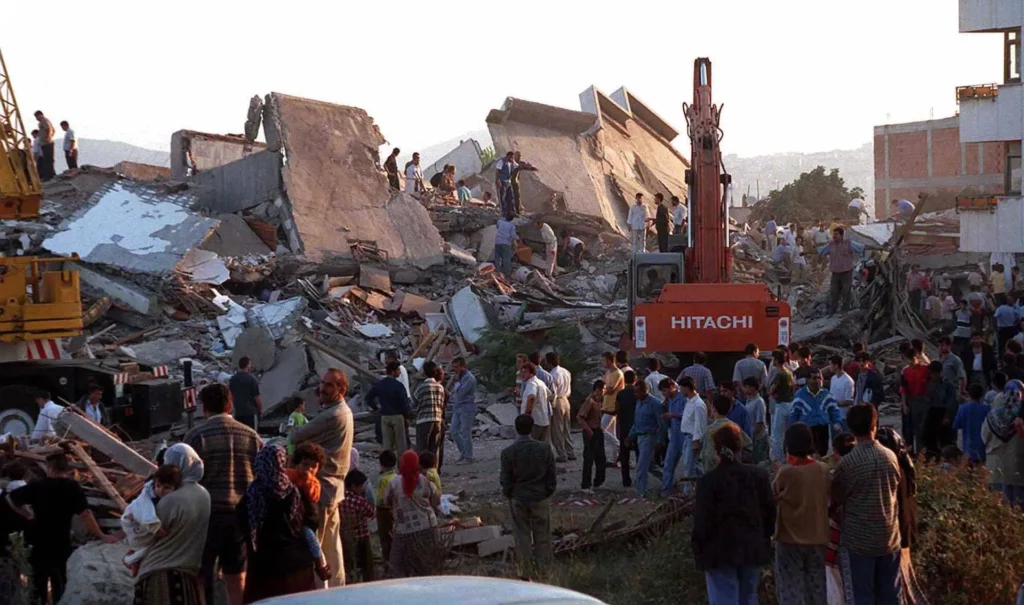Container Shelters: A Lifeline in Humanitarian Aid
Globally, natural disasters, conflicts, and emergencies continue to occur, displacing millions of people. In these trying times, humanitarian organizations play a crucial role in providing shelter and basic living facilities to those in need. As part of humanitarian aid, container shelters have proven to be a reliable solution, capable of swiftly and effectively meeting the urgent shelter requirements.

1. Swift Response
One of the major advantages of container shelters is their rapid response capability. In emergencies, time is critical, and we can deploy and put these shelters to use within a short timeframe. Because these shelters have a pre-existing structure, typically, we only need to make minor modifications and customizations. This means that after a disaster or emergency, humanitarian organizations can promptly offer temporary shelter to those who have lost their homes.
2. Comfort and Safety
Container shelters not only provide temporary housing but also offer a relatively safe and comfortable environment for affected individuals. They are often equipped with basic living facilities such as beds, toilets, showers, and kitchens. These amenities provide warmth, hygiene, and nutrition, enabling people to better cope with the emergency. Additionally, the sturdy structure of these containers boasts resistance to wind, water, and fire, ensuring the safety of those affected.
3. Sustainability
In humanitarian aid, sustainability is a vital consideration. Container shelters are typically repurposed from discarded containers, which promotes resource reuse. This not only aids in reducing waste but also lowers construction costs. Furthermore, the durable materials of these shelters allow for multiple usages, making them an ideal choice for long-term humanitarian aid projects.
4. Versatility
The versatility of container shelters in humanitarian aid is also highly significant. They can be used not only for shelter but also for medical facilities, education centers, food distribution points, and offices, among other various purposes. This versatility helps meet the diverse needs of affected populations and provide more comprehensive assistance.
In summary, container shelters play a pivotal role in humanitarian aid by offering urgent shelter and basic living facilities to affected populations. Their advantages, such as a rapid response, sustainability, comfort and safety, and versatility, make them powerful tools in relief efforts. As humanitarian aid continues to evolve and improve, container shelters will continue to provide hope and support to affected populations, facilitating faster recovery and rebuilding.
